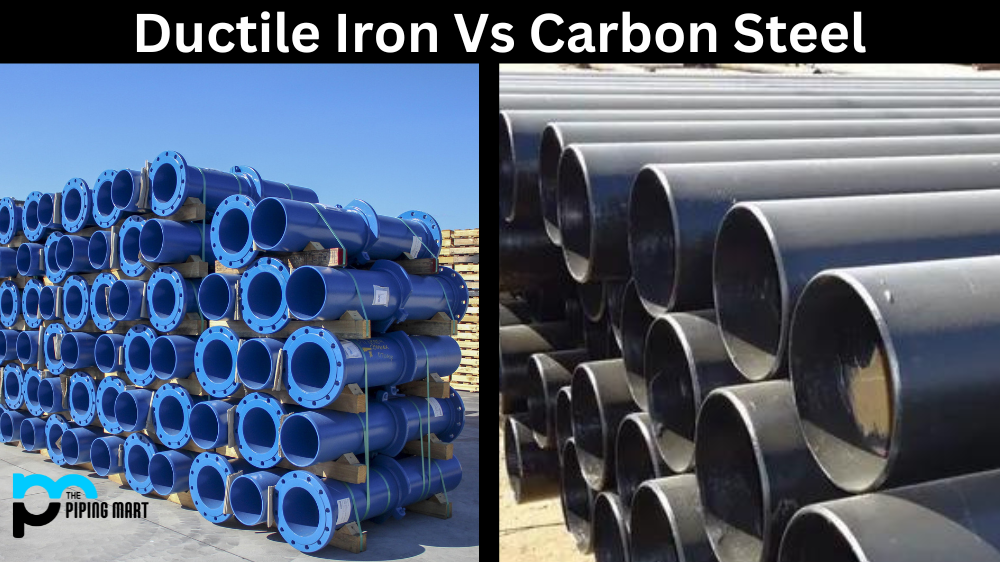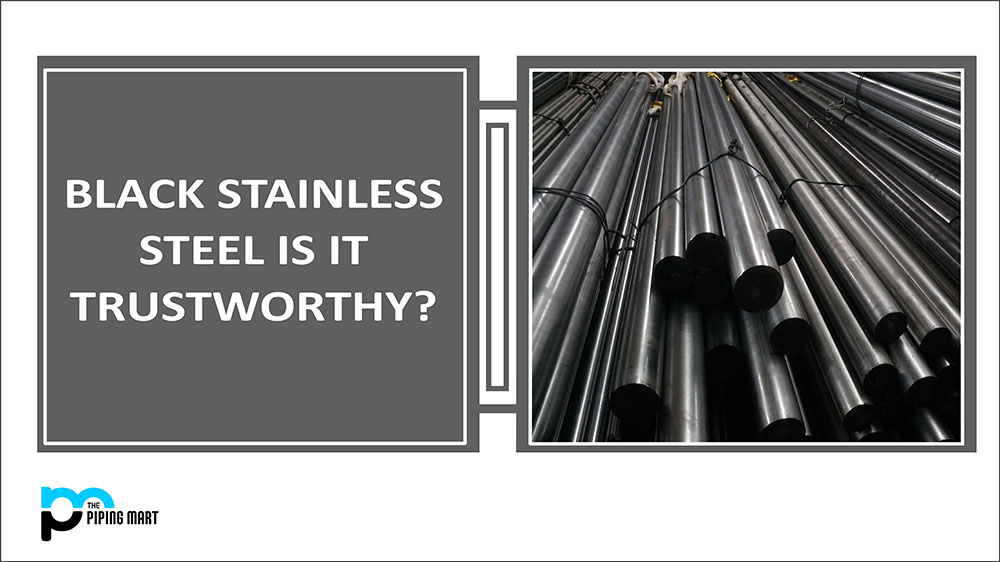Spot welding is a popular and effective method of joining two pieces of metal in the manufacturing process. It’s often used to join metals with different thicknesses, and it has a variety of advantages that make it an attractive choice for many businesses. But it also has some drawbacks that must be considered when deciding if it’s the right welding technique for a particular job. Let’s take a closer look at the pros and cons of spot welding.
5 Advantages of Spot Welding
The biggest advantage of spot welding is its speed. Because this welding technique relies on electric current, a job that might take several minutes with other methods can be completed in seconds with spot welding. This makes spot welding highly cost-effective because it reduces labor time and associated costs significantly. It also produces strong joints that are resistant to corrosion, which means they last longer than other types of welded joints.
Another advantage of spot welding is its versatility. This method can be used to join metals with different thicknesses, so it’s ideal for many applications where traditional methods wouldn’t work as well or as quickly. And because the current is focused on such a small area, it creates much less heat than other types of welding, reducing the risk of warping or melting the metal being joined together.
- Spot welding is a type of welding that is used to join two pieces of metal together.
- Spot welding is faster than other types of welding, such as MIG or TIG welding.
- Spot welding is less likely to cause warping or distortion in the metal.
- Spot welding can be done with less heat than other types of welding, which means it is less likely to damage the metal.
- Spot welding can be used on a variety of metals, including aluminum, stainless steel, and carbon steel.
5 Disadvantages of Spot Welding
Spot welding does have some drawbacks, however. One major downside is that this method requires special equipment to work correctly—namely electrodes—which can add to the cost of using this technique over traditional ones such as TIG (Tungsten Inert Gas) welding or MIG (Metal Inert Gas) welding. Additionally, because spot welders use electricity to make their joints, they can create potentially hazardous sparks, which could lead to fires if not handled properly and safely by trained personnel.
In addition, spot welders are relatively inflexible in terms of what they can do—they generally only join two pieces together at once, meaning more complicated tasks require multiple passes or additional equipment to complete them correctly and efficiently. Furthermore, larger jobs may require more power than typical spot welders are capable of producing in order to create strong enough joints for structural purposes; in these cases, another type of welder should be considered instead.
Limited to Certain Materials
One of the primary disadvantages of spot welding is that it can only be used on certain materials. In order for spot welding to be effective, the materials must be able to conduct electricity and have a high melting point. This limits the types of materials that can be welded using this method.
Requires Specialized Equipment
Another disadvantage of spot welding is that it requires specialized equipment. This equipment can be expensive, which may make spot welding inaccessible for some businesses or individuals. Additionally, the equipment can be difficult to operate, which may require training in order to use it effectively.
Can Cause Distortion
Another potential disadvantage of spot welding is that it can cause distortion in the materials being welded. This distortion is typically due to the high amount of heat that is generated during the welding process. In some cases, this distortion may make the welded joint weaker than if it had been made using another method.
Not Suitable for Large Areas
Spot welding is also not suitable for large areas, as it can be time-consuming and difficult to achieve consistent results over a large area. Additionally, spot welding may not be suitable for materials that are thicker than 3mm, as this can make it difficult to create a strong weld.
Requires Clean Surfaces
Finally, spot welding requires clean surfaces in order to be effective. Any dirt or debris on the surface of the material being welded can prevent the electrode from making proper contact and result in a weak or failed weld.
Conclusion:
Despite its limitations, spot welding provides an efficient and cost-effective way to join two pieces of metal together quickly and securely for many applications across numerous industries, from automotive repair shops to large-scale manufacturing facilities. Its advantages outweigh its drawbacks if you have access to the necessary equipment or personnel who are trained in its proper use; otherwise, you may want to consider using another type of welder instead, depending on your specific needs and requirements. All things considered, though, when done properly by knowledgeable personnel, spot welding can provide excellent results without breaking your budget!

Abhishek is a seasoned blogger and industry expert, sharing his insights and knowledge on various topics. With his research, Abhishek offers valuable insights and tips for professionals and enthusiasts. Follow him for expert advice on the latest trends and developments in the metal industry.




